This post contains affiliate links (I get a commission at no extra cost to you for purchases made through links in this post).

If you, like many others, are wondering if your motorhome, RV, or caravan is insulated or if it is something you need to spend time doing yourself to increase comfort during the winter and summer, this is the article for you.
Motorhomes, RVs, and caravans come insulated; my motorhome from 1996 is not made for winter camping and even comes with a 1,5 inch or almost 4 cm insulation in the roof, winter proofed motorhomes come with more insulation, and winterized motorhomes with even more.
So yes, motorhomes are insulated, but most are poorly insulated, especially in the flooring and the windshield.
How To Know If a Motorhome, RV, or Caravan Is Winter Insulated?
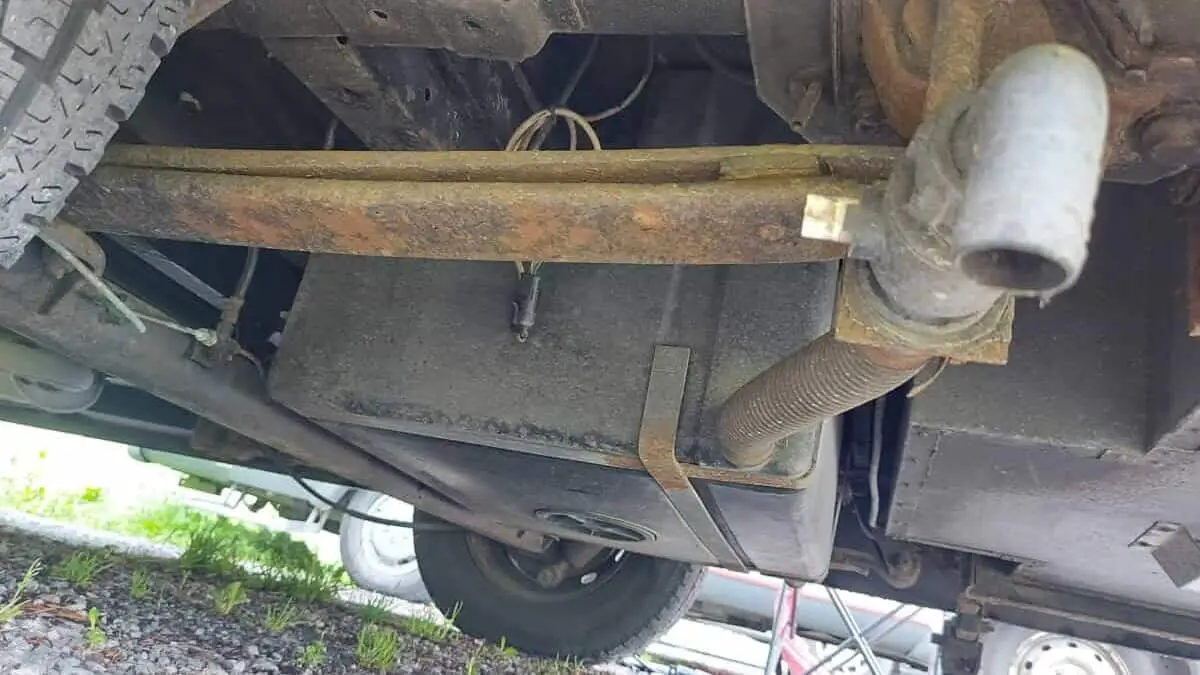
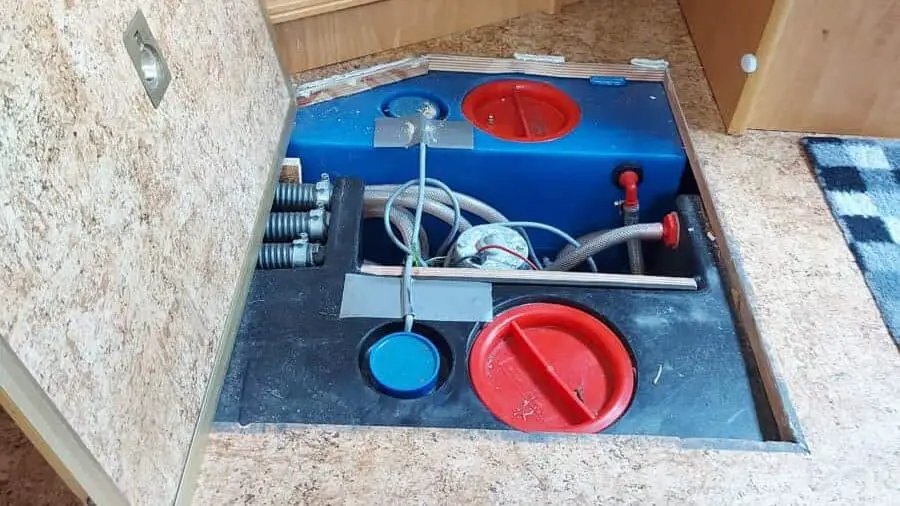
To know if your motorhome or RV is winter insulated, look at the water system and the grey water tank; if it is uninsulated and exposed, it is not made for winter since it will freeze. However, if it is in an insulated area like a storage compartment that is heated, the motorhome is probably winterproofed or winterized.
Since the water system will be one of the first things to cause you trouble when winter camping, if you don’t have an RV made for it, it is an excellent place to start looking, many motorhomes have their grey water tank completely exposed underneath the RV, just like mine which is not made for winter use.
So if you have a well-insulated grey tank situated within a double floor, you can count on that motorhome being pretty well-insulated. And you won’t need to worry too much about improving that part, except for the windshield, which is a problem for everyone.
Another way is to research your model and determine if it is winterproofed (grade 2) or winterized (grade 3) by the manufacturer.
Difference Between Winterized (Grade 3) & Winterproofed (Grade 2) Motorhomes Explained.
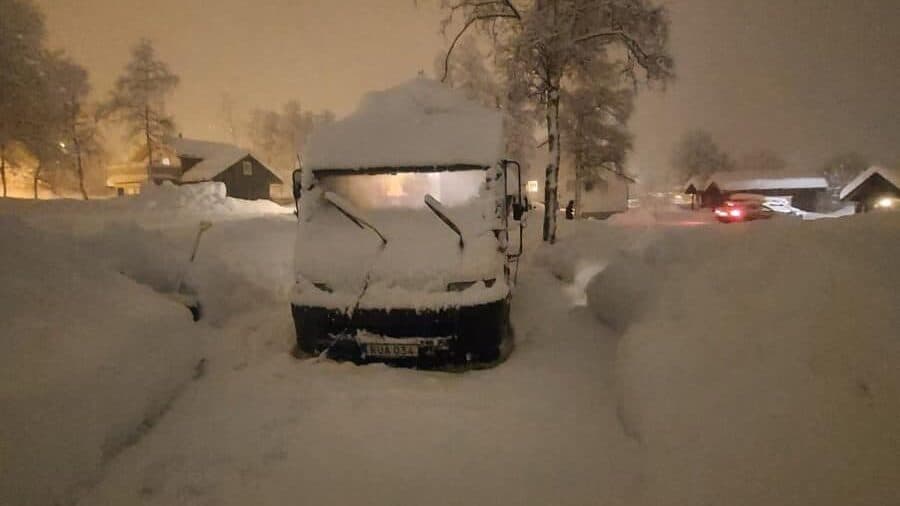
Winterized (grade 3) is the highest standardized level for motorhomes, RVs, and caravans. Those are made to withstand a cold winter. The vehicle must be heated up within 2 hours from -15 C (5F) and pass a plumbing test to be approved. While the winterproof (grade 2) only needs to be heated up from 0 C (32F).
During the standardized test to qualify if a motorhome is winterproof or grade 2, they first cool down the vehicle to 0 C or 32 F for at least 10 hours, so the vehicle gets cold through and through, and they open all the doors and windows during this time.
During the winterproof or grade 2 test, the vehicle must be able to heat up and reach a temperature of + 20 C, equal to 68F, within two hours in the middle of the living area. In addition, the temperature measured at five other places can’t differ more than 7 degrees Celcius to pass the test.
During the grade 3 or winterized test, they cool the vehicle down to -15 C (5F)
During the grade 3 or winterized test, they cool the vehicle down to -15 C, equal to 5F, in the same way for ten hours. Then the vehicle must heat up to + 20 C, equivalent to 68F, within two hours in the middle of the living area, and the temperature measured at five other places can’t differ more than 7 degrees.
Adding to the grade 3 winterized test is that after one hour of “temperature stabilization” with an inside temperature of + 20 C (68F), the water tanks are filled up; if the water system is fully functional after another hour, the vehicle passes the test and is qualified as winterized or grade 3.
Many manufacturers also add their tests like KABE, which do some tests on their motorhomes and caravans down to -35C (-31 F).
When looking if a motorhome is within any of these two categories, you know that it will have some extra insulation.
There is another grade as well, grade one which is the lowest rating and states that the motorhome at least has the minimum required amount of insulation. These are made more for summer use and are the kinds of motorhomes just like mine where you will need to do some extra work to winter camp properly.
Grade one motorhomes or RVs are for summer use and need extra insulation and work to make it through the winter.
Do I Need To Improve The Insulation In A Motorhome?
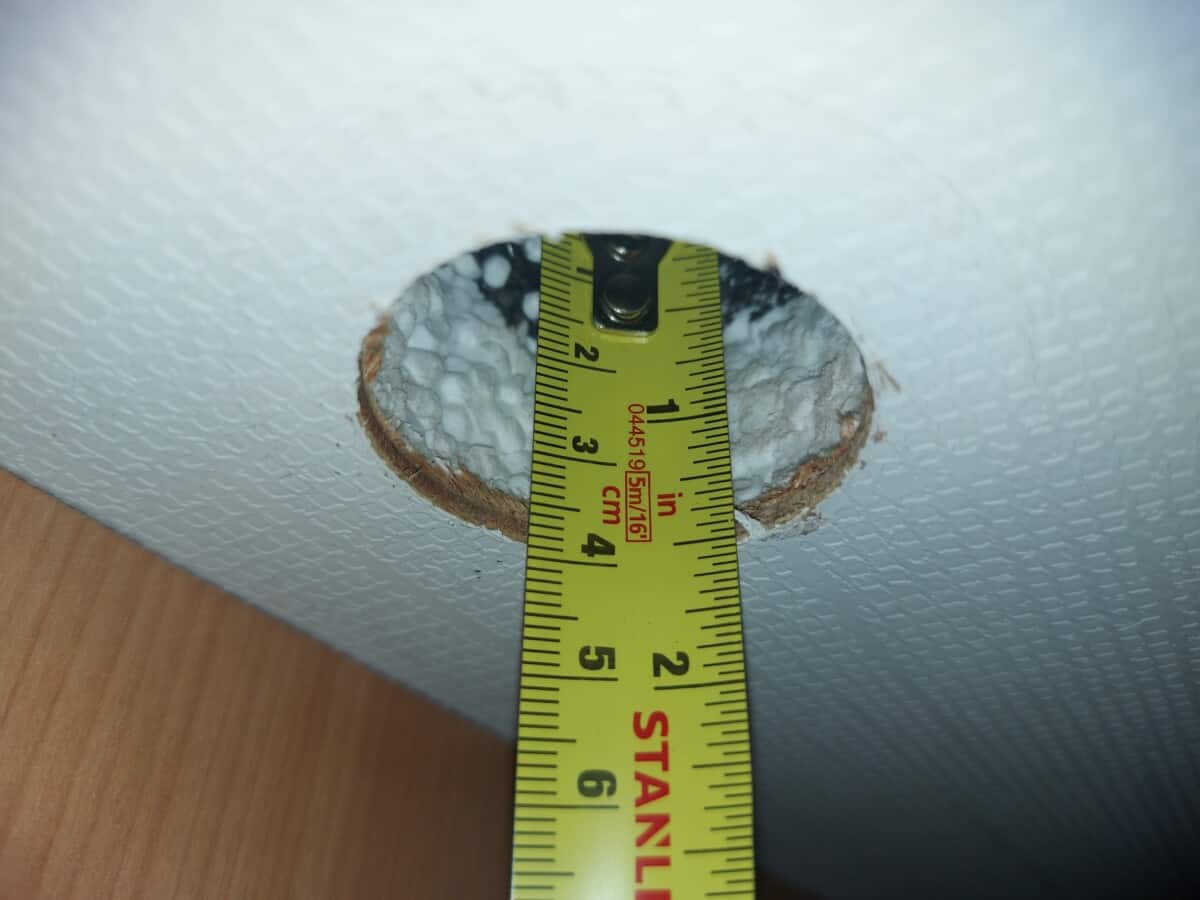
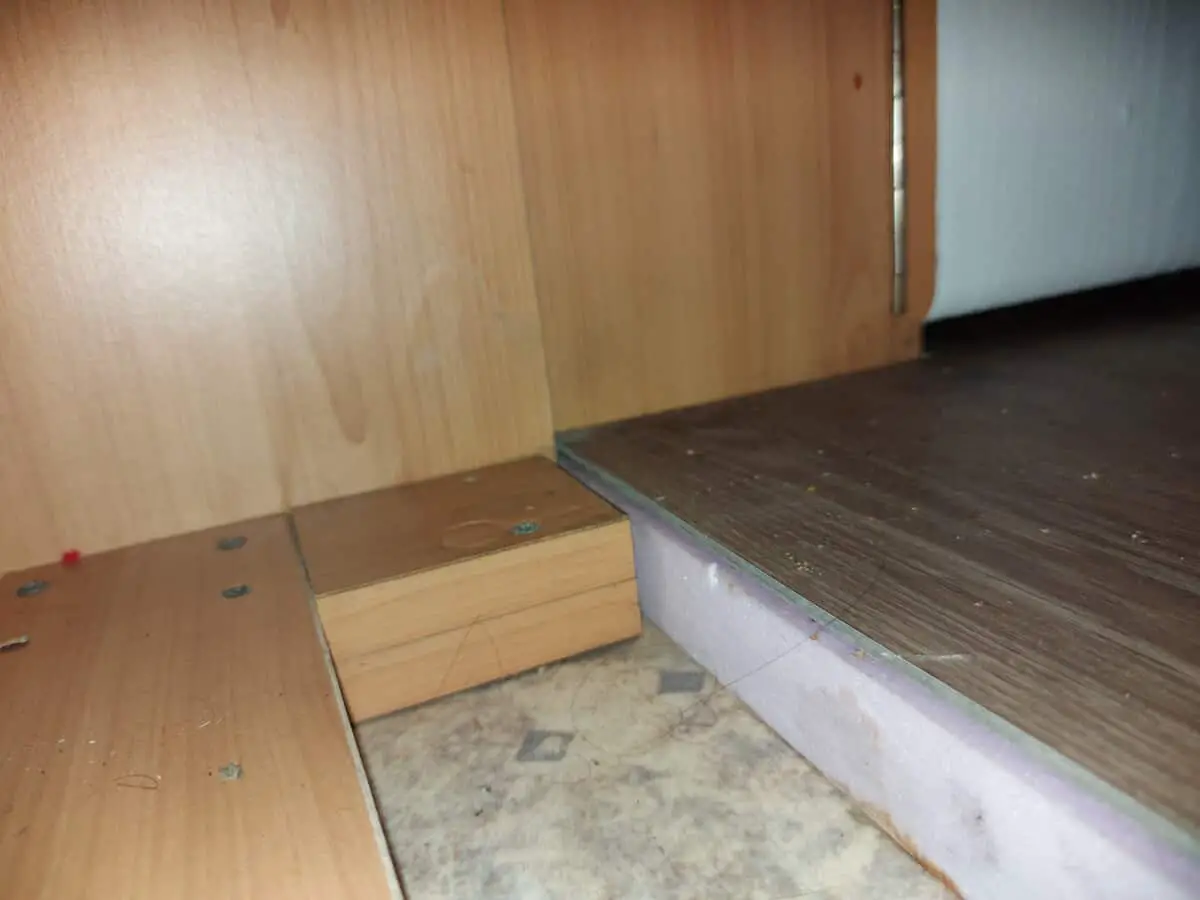
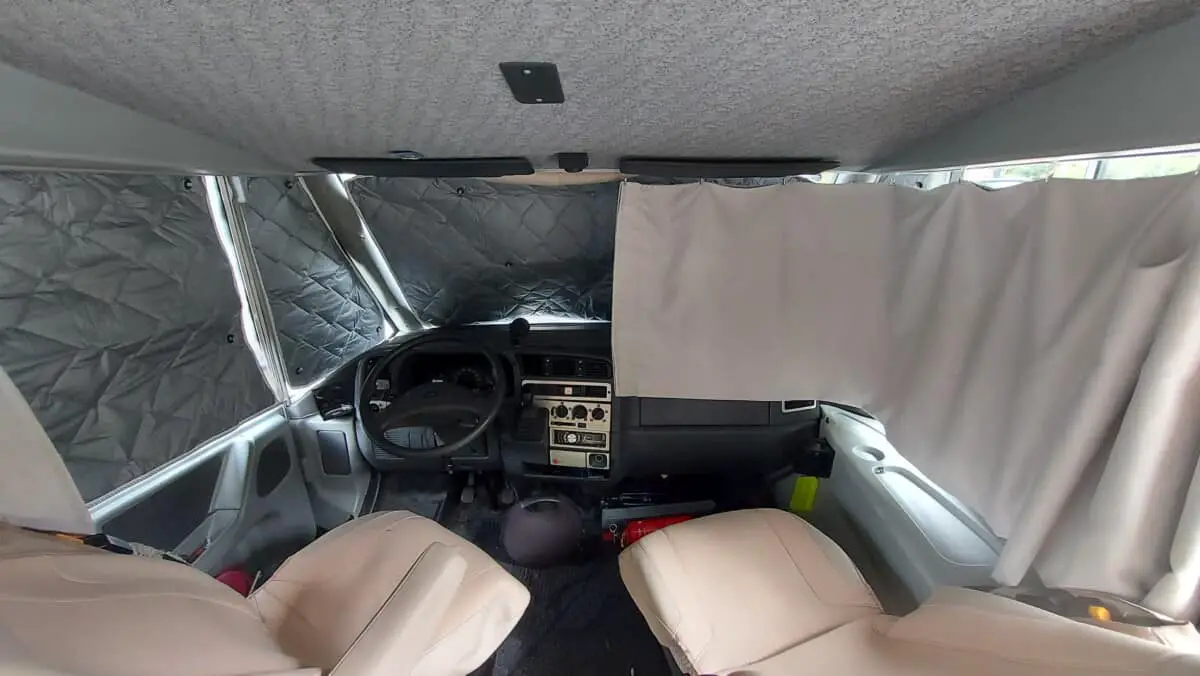
If you have a motorhome, RV, or caravan that is not made for winter camping, you will, in most cases, need to improve your insulation or water system to handle temperatures a bit below freezing. Mainly cause the water system can freeze otherwise. Most don’t need to improve anything.
I had to make changes when winter camping since my grey water tank was exposed to the outside. To learn more about how to ensure an uninsulated grey water tank won’t freeze, I have an article explaining how I did and what options you have that you could check out, as well as one covering if water pipes in a motorhome can freeze overnight even when running the heater.
So if you plan winter camping, you might need to improve your water system or its insulation to prevent that from freezing. But, of course, with a winterized motorhome, you don’t need to worry about it.
You won’t need to improve the insulation in the roof, walls, or floor unless you do a lot of winter camping or in frigid temperatures, if you are only planning on going for a week or so when it’s just a couple of degrees below freezing you don’t need to worry much except maybe getting a windshield insulation cover and ensuring your water system won’t freeze.
On the other hand, if you are planning on winter camping for a month or more with temperatures below -10 C or 14 F, it could be worth putting on some extra insulation to the floor if you don’t have a double floor or winterized motorhome, RV, or caravan and an insulation cover for your windshield, more on that below.
Are Motorhome (RV) Windows Insulated?
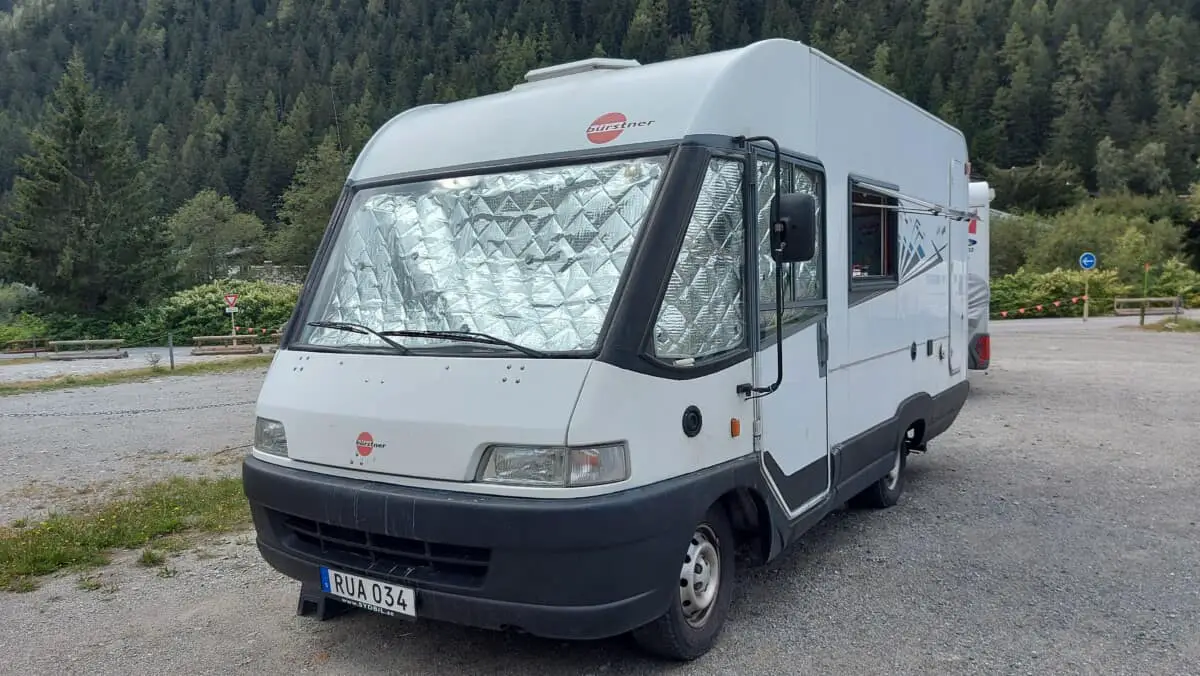
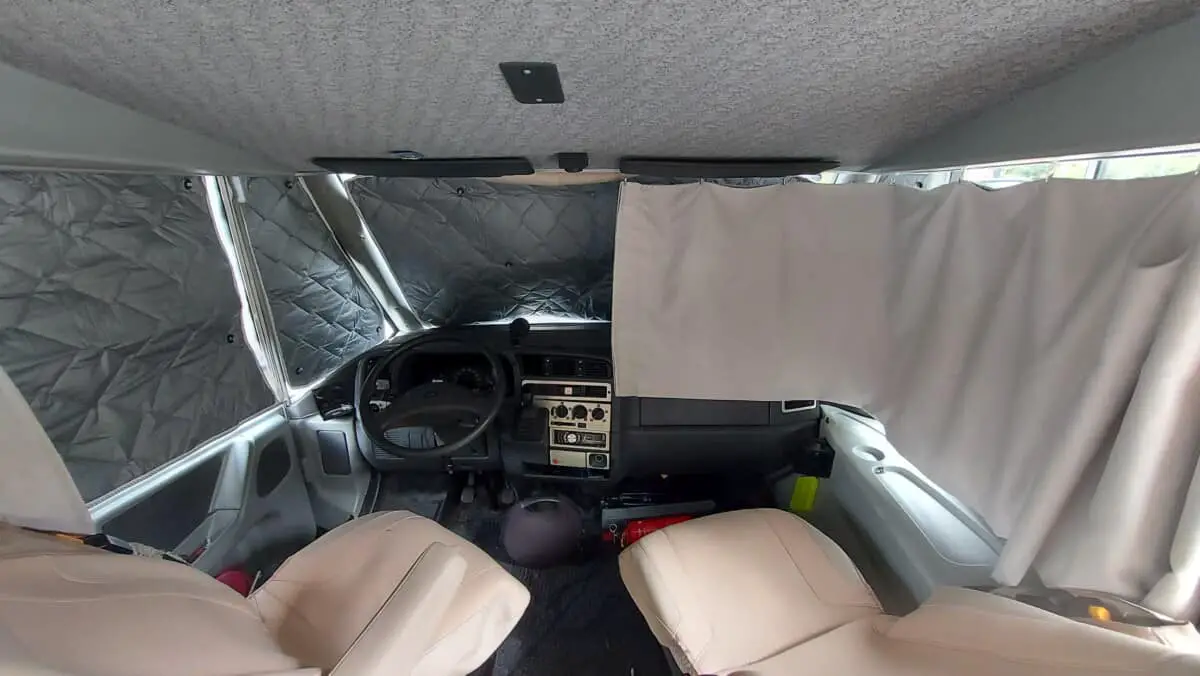
The windshield of a motorhome or RV is not insulated since it is just one layer of glass; for this reason, it is common to insulate the windshield while parked. Compared to the “home” windows of a motorhome, RV, or caravan, with two layers of plastic where the air section in between serves as insulation.
To learn more about how you can insulate the windshield of a motorhome or RV, you can check out my other article, where I go through the most common ways of doing it, their pros and cons, and how I did it during an entire winter in Norway.
The windshield is one of the most accessible places to increase insulation with the least amount of work, and if you think your motorhome, RV or caravan is too warm or cold, the windshield is the best place to start adding insulation.
The windshield is the best place to start adding insulation.
When, Why, And How to Install Extra Motorhome (RV) Floor Insulation.
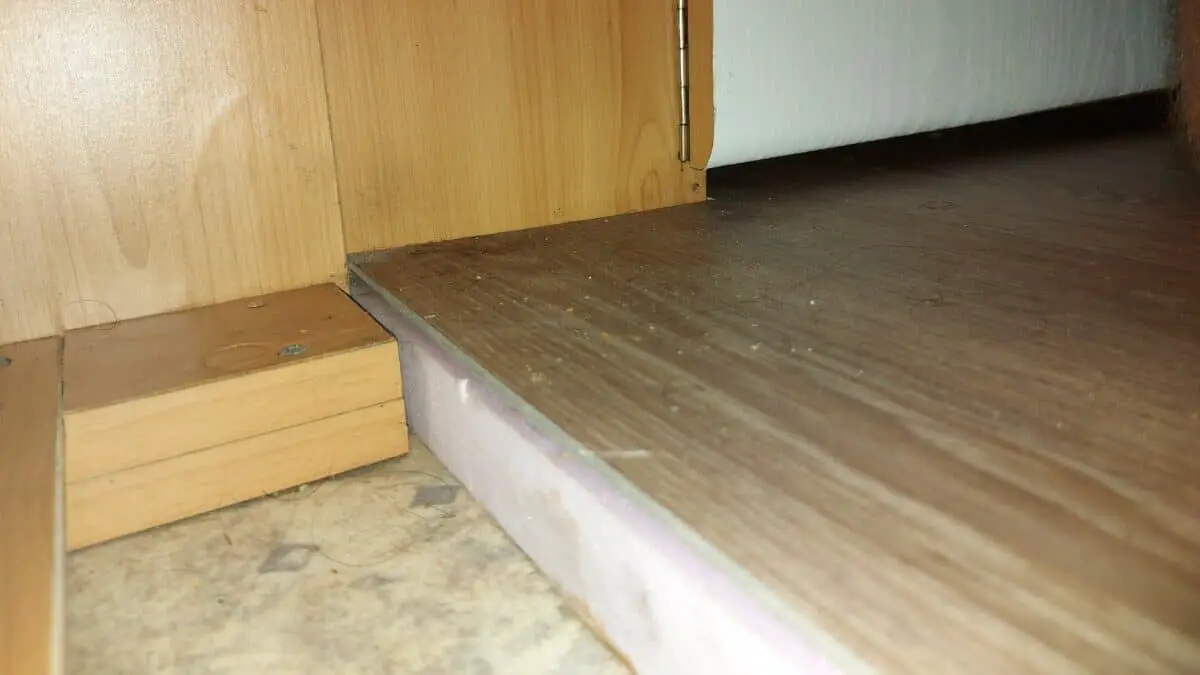
If you don’t already have a double floor, the easiest way of increasing insulation to the structure of your motorhome, RV, or caravan is by insulating the floor. You can cut out pieces of XPS foam insulation and attach them underneath your motorhome or inside if you want to add a new floor.
Insulating the floor of your motorhome takes some time and could be a process, but it will help increase the inside temperature in the winter and lower the noise level inside the motorhome when you are driving.
This could be worth doing if you have a single floor on a winterproofed or summer motorhome, RV, or caravan, and you plan to use it a lot during temperatures below freezing.
If you choose to do this, it is essential to use an insulation material that can handle moisture and water well, one with closed cells and a good R-value, like XPS insulation that comes in pink or blue foam boards of different thicknesses is good. I used 5 cm (2 inches) thick boards when I installed this to the inside of my motorhome, but in hindsight, it would have been better to install it underneath the flooring.
Adding the insulation underneath your motorhome can be a more straightforward solution since it is often flatter and easier to fit the insulation boards than adding it inside, where you have to cut them to the correct size around all the cabinets, couches, and storage compartments.
On top of it, you will also need to add a new floor and list. I also had to raise some doors inside for them to work with the higher floor. This was difficult with all the weird angles, corners, and small areas. I was in a hurry since I just had a couple of weeks to refit the motorhome before moving into it during the winter, so the flooring is one part that didn’t turn out great, but it’s warmer now, at least.
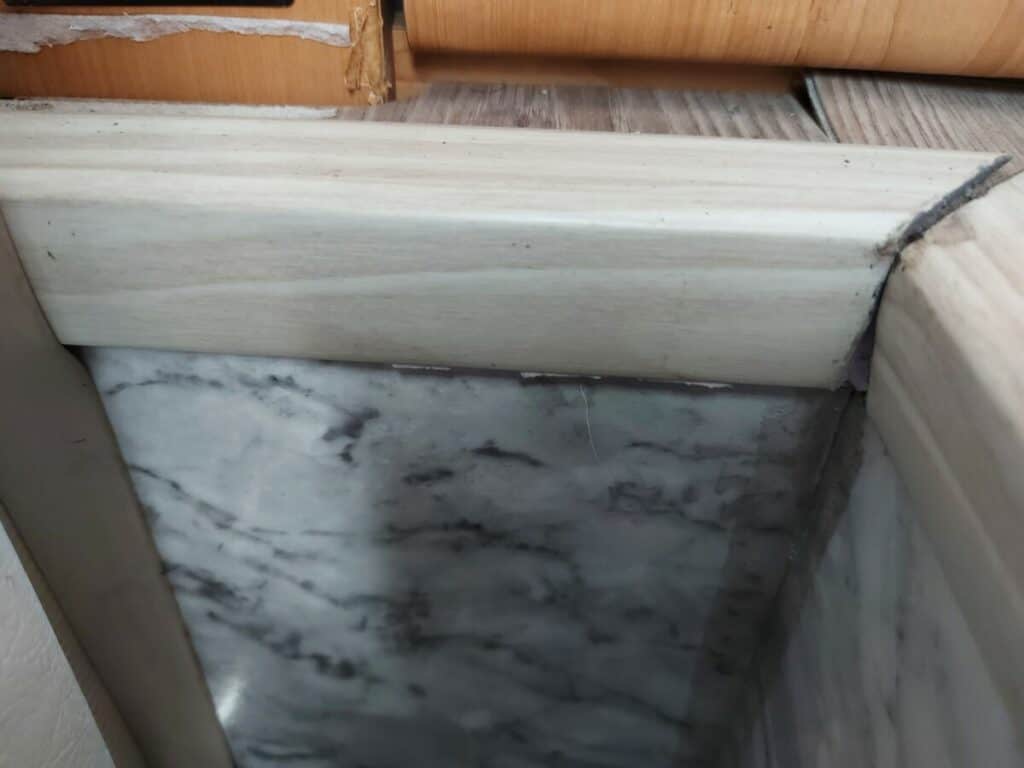
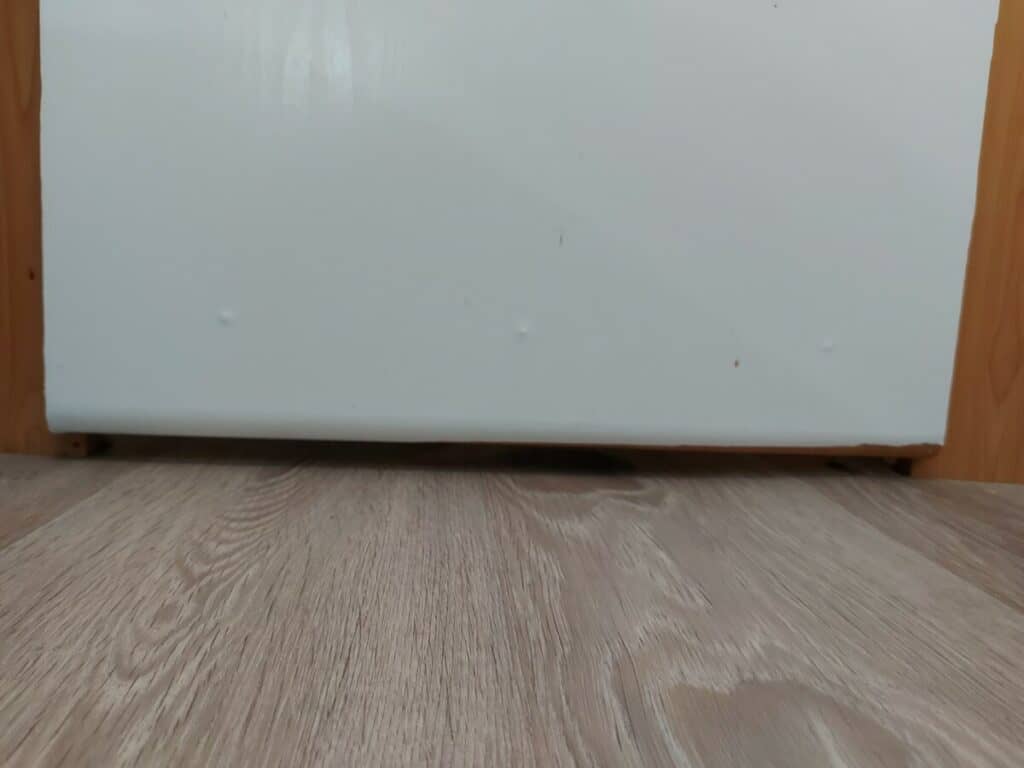
I used a vinyl floor directly on top of the XPS insulation, if you do this, notice that vinyl floors get pretty cold, but on the plus side, they are great when it comes to water spills and a humid environment.
Extra floor insulation will also help lower the costs of heating the motorhome in the winter and cooling it in the summer if you use an AC. To learn more about how much it costs to heat a motorhome in the winter, I have another article covering that for more details; for me, it was 300 USD/month.
